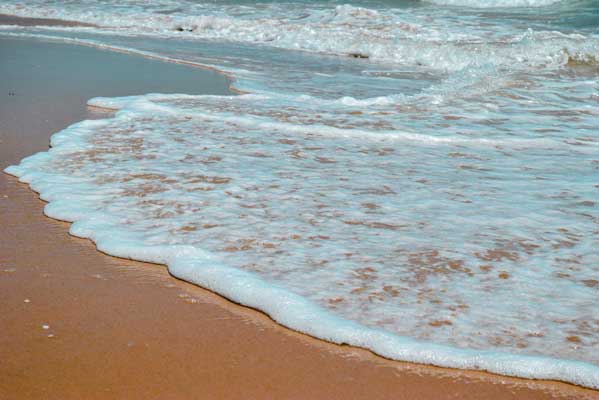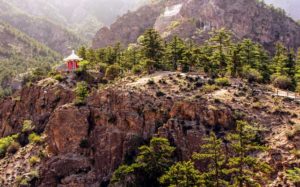Ningxia is the smallest of the five autonomous regions in China, hiding in the north central/northwest area of the country and resembles the shape of a lowercase “t.”
Ningxia protrudes up into southern/south-western Inner Mongolia and shares a border with Gansu and Shaanxi.
Many different tribes and empires seized or traversed their way across Ningxia.
Genghis Khan conquered Yinchuan, the present-day capital of Ningxia, in the 13th century.
The region was gradually militarized and became home for various Muslim groups.
The early 1900s was a time of ongoing conflict with the Gansu Province, but peace was eventually restored and Ningxia became an autonomous region in 1958.
While Ningxia is known for its raw desert landscape, it is also home to forested mountains, rich mineral deposits and grasslands spread throughout the desert steppes.
The best months to travel are from May to September, because temperatures can drop well below 0 C in the winter.
Average temperatures in summer are usually anywhere from 10 C – 20 C, with more wind and rain coming in July – September.
Yinchuan, the capital of Ningxia, is the perfect place to begin your explorations in this unique region.
You will notice fewer tourists in general across this area, but it only adds to its special appeal.
Begin by visiting the enriching China Hui Culture Park then make your way through the city and check-out other must see sites such as the Haibao Pagoda, the Nanguan Mosque and the Ningxia Museum.
The Western Xia Mausoleum is located 30 kilometers west of Yinchuan on the foothills of the Helan Mountain (Helan Shan), which is also home to ancient cliff carvings.
For the nature lovers out there, hike your way through the Suyukou Nature Reserve or spend your time relaxing around Sand Lake.
Let Ningxia’s Yellow River be your guide and follow it south until you reach Wuzhong. Just a bit upstream are the famous 108 Pagodas.
As you follow the river south, you will reach Zhongwei, which is home to one of the most impressive temples in China, Gao Temple.
Your trip won’t be complete without seeing Ningxia’s southern city Guyuan.
Here you can explore Xumi Shan, home to 132 different caves which contain more than 300 ancient Buddhist statues.
Liupan Shan in southern Ningxia is said to be the place of Genghis Khan’s death and you can trek across this protected mountain area, which is also home to beautiful blue waterfalls.
 TravellerHints!
TravellerHints! 

